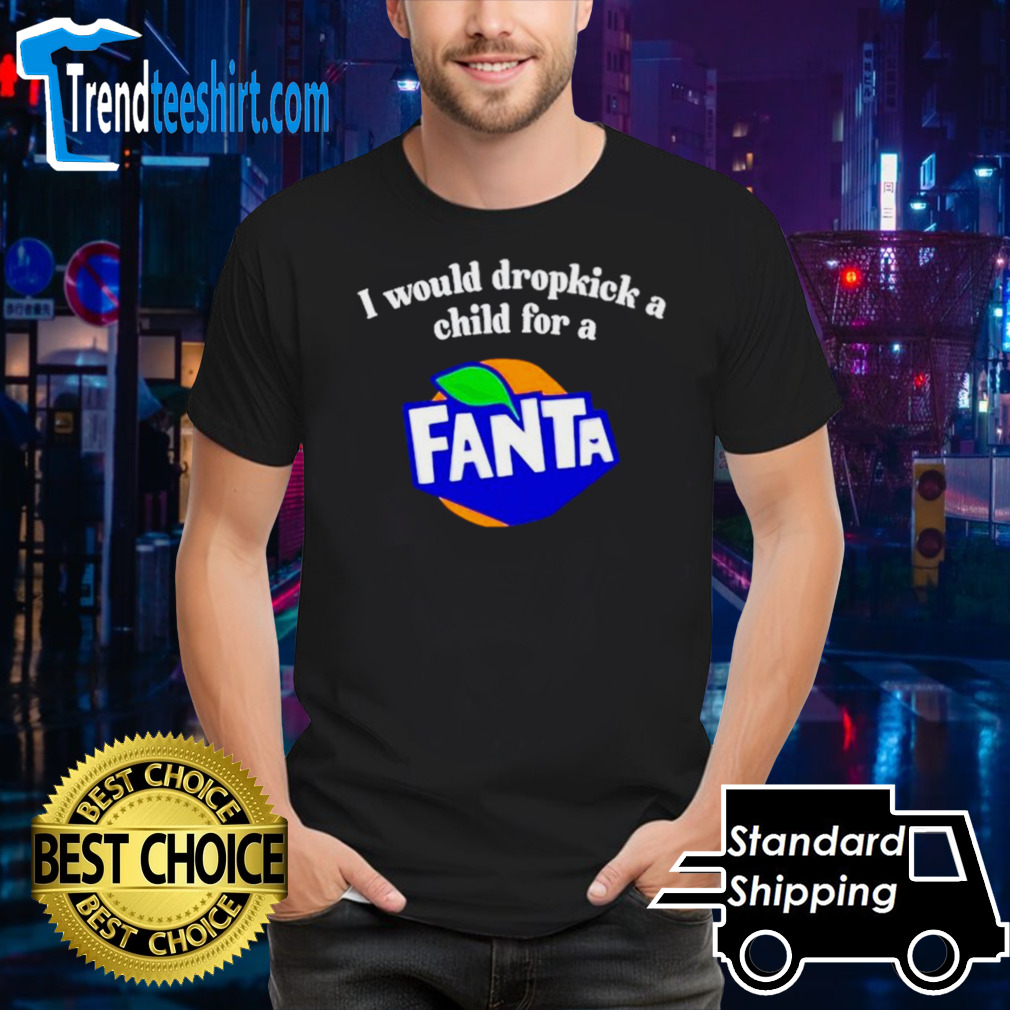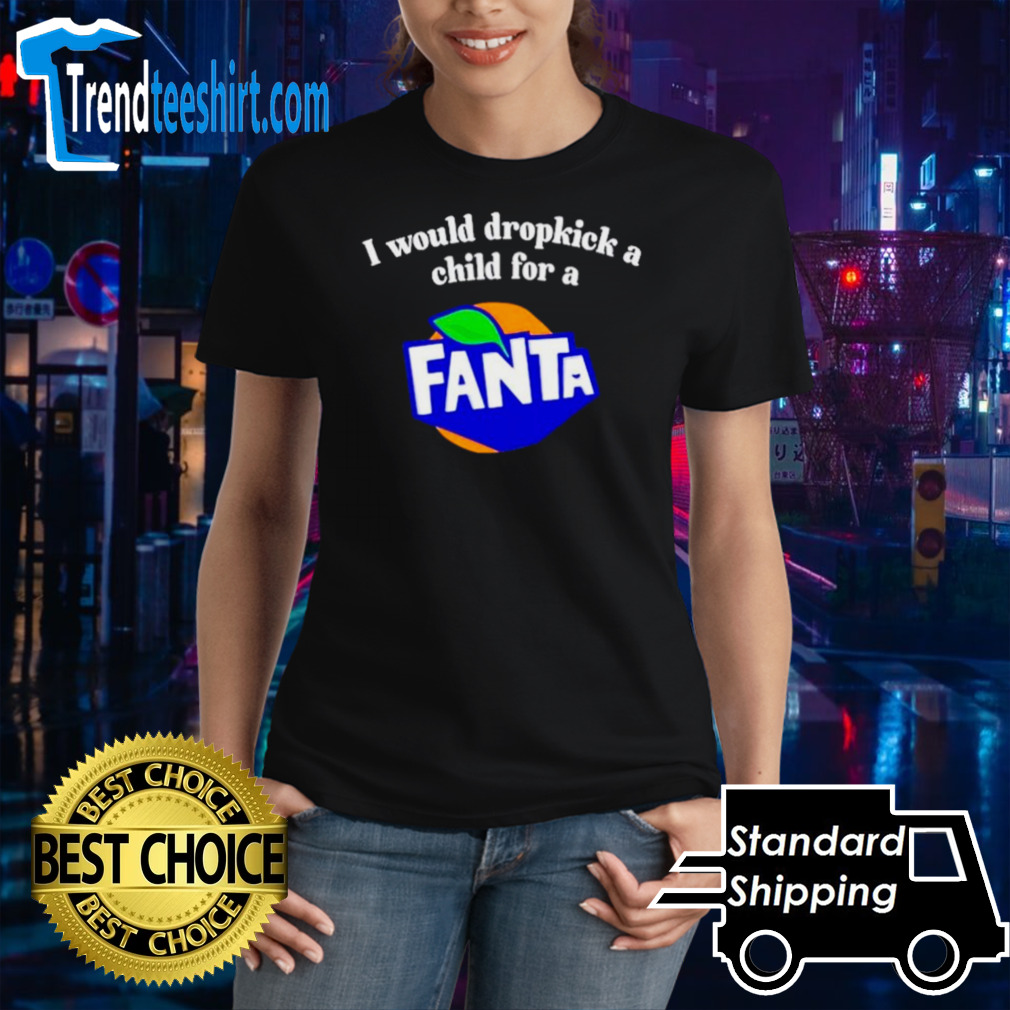Sorry, nothing in cart.
Product Description
I would dropkick a child for a Fanta shirt Christian Dior and Dietrich were close friends, the actor spending weekends at the designer’s country home near Milly-la-Forêt when she travelled to Paris for his shows, and insisting he dress her on screen. (“No Dior, no Dietrich” was her famous ultimatum to Alfred Hitchcock, when approached to star in the film Stage Fright. He complied.) Chiuri, the first female creative director of Dior, has reinvigorated the house by challenging assumptions of what femininity looks and feels like. This show, focusing on Dior’s unexpected synergy with Dietrich, was the latest chapter in her feminist retelling of the Dior story. An esoteric soundtrack – Yoko Ono mixed with the godmother of German punk Nina Hagen, plus a live performance by Kim Gordon – set the scene, along with an installation in the museum’s central atrium of pairs of women’s hands, wrought in dazzling neon as bright as the Manhattan skyline across the Hudson River. The artist Claire Fontaine described the work as being about “the way in which anatomy has been used to discriminate against women”. But Dior did not stage a blockbuster show in New York primarily as a platform for feminist consciousness-raising.
I would dropkick a child for a Fanta shirt, hoodie, sweater, longsleeve and ladies t-shirt





By the early 2010s I would dropkick a child for a Fanta shirt the phrase fast fashion had been in circulation for a couple of decades, but had yet to acquire a widespread pejorative connotation. Though the 1990s saw the rise of a robust anti-sweatshop movement, the public consensus a few decades later was that fast-fashion stores were a different kind of retail experience, but not necessarily an evil one. H&M and Target were producing highly coveted designer collaborations with Alexander McQueen, Rodarte and Rei Kawakubo of Comme des Garçons. Cheap clothing chains were exploding all over the country. News articles about the industry’s growth were positive, or at least neutral: accessible, stylish clothes were seen as a common good. The rare hesitations – like a 2008 New York Times article that considered “a feeling of unease at how the ultra-cheap clothes can be manufactured” – were afforded significantly less space. The sewing bloggers, however, were already voicing their concerns. They called out the chains who ripped off styles by independent designers to a comically exact degree (clothing isn’t copyrightable under current laws, so the chains got away with it). I learned that any new clothing I could ever afford would be far from a fair price for all the skill and labour involved in its creation. Garment workers were toiling in bleak conditions, working 16-hour days, seven days a week for pennies in crumbling factories full of toxic chemicals in China, India and Vietnam; cheaper price tags pointed to worse conditions and, unimaginably, even worse pay. I also learned about the environmental costs – the oil to run the equipment, the factory pollution spewed into the air, the energy required to fly and ship garments around the globe, and the billions of pounds of fabric waste destined for landfills, never to decompose.

Reviews
There are no reviews yet.